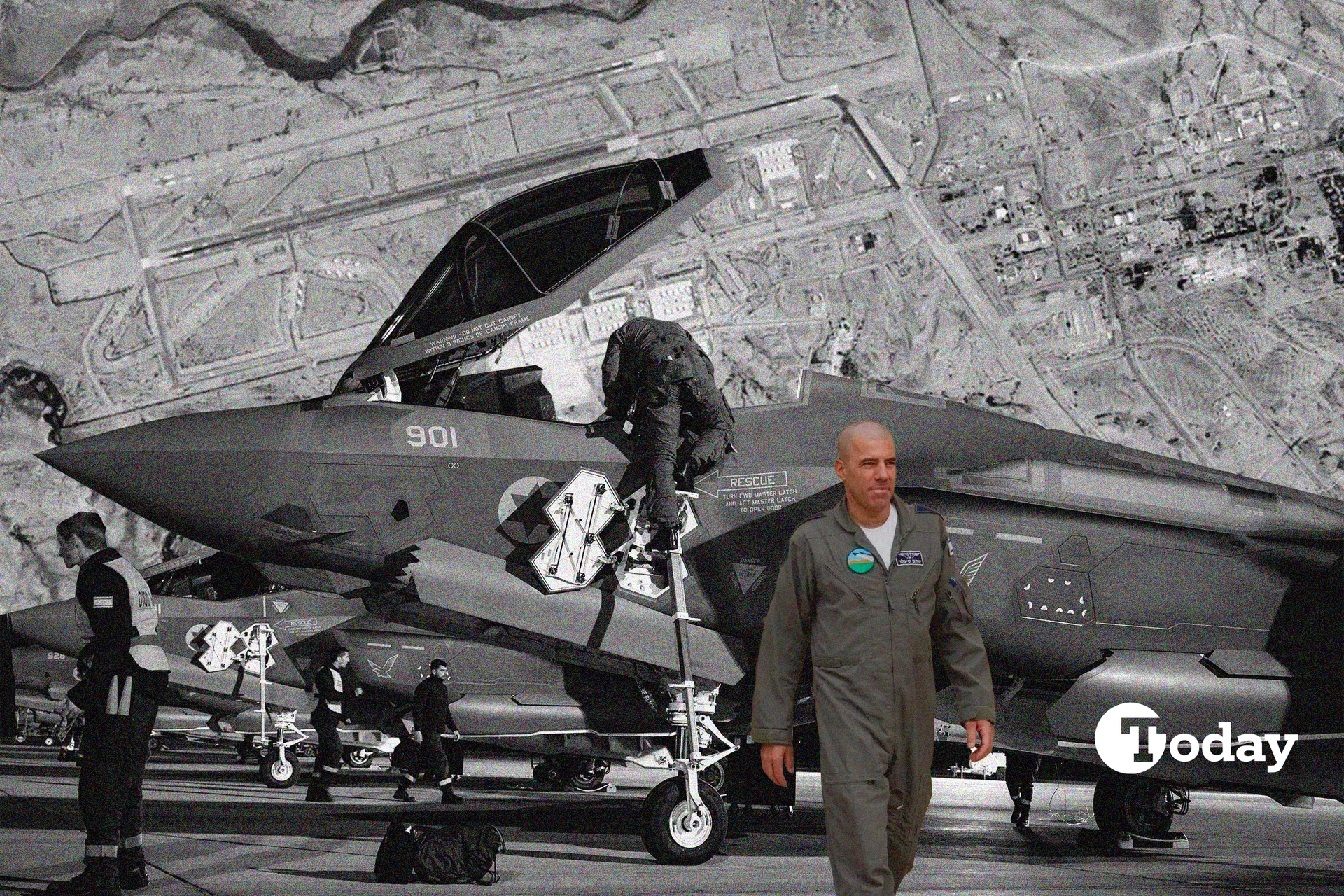
Satellite imagery has revealed damage to Nevatim air base, home to Israel's F-35I stealth fighter jets, following the second large-scale missile attack from Iran.
The images show a significant hole in the roof of a hangar at the southern Israel base, along with scattered debris, though the full extent of the damage remains unclear since the Israeli military did not provide any specific details.
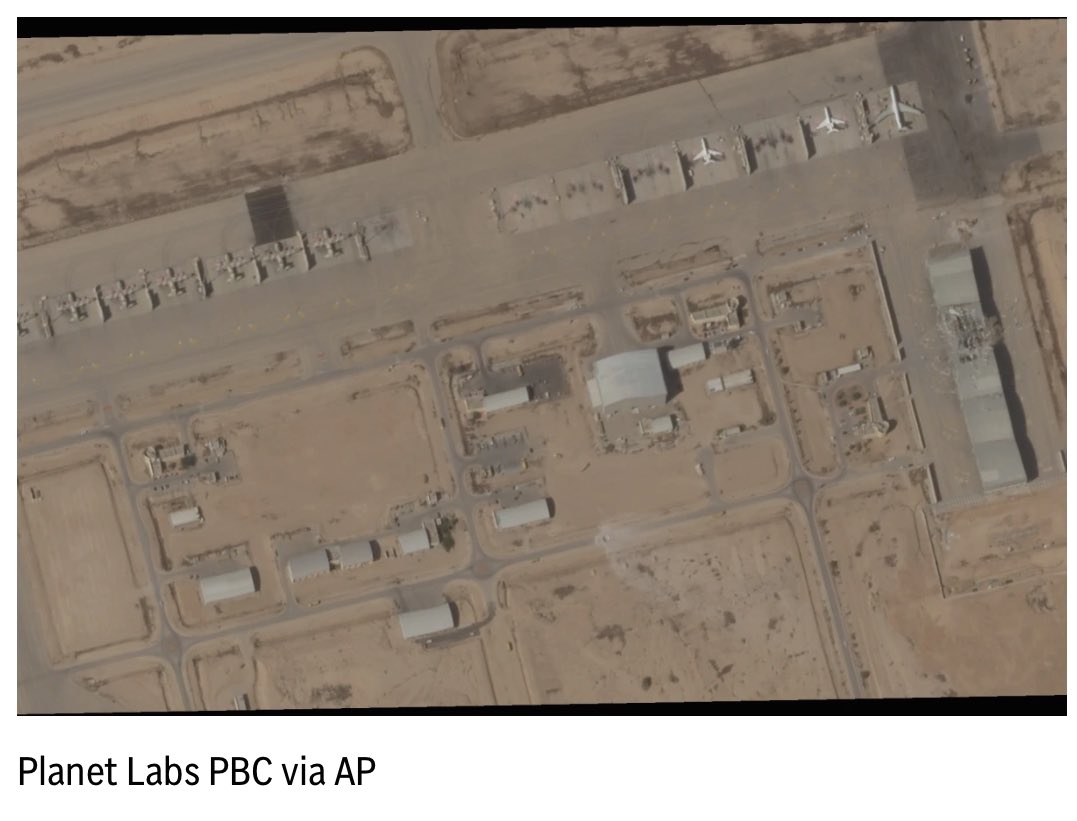
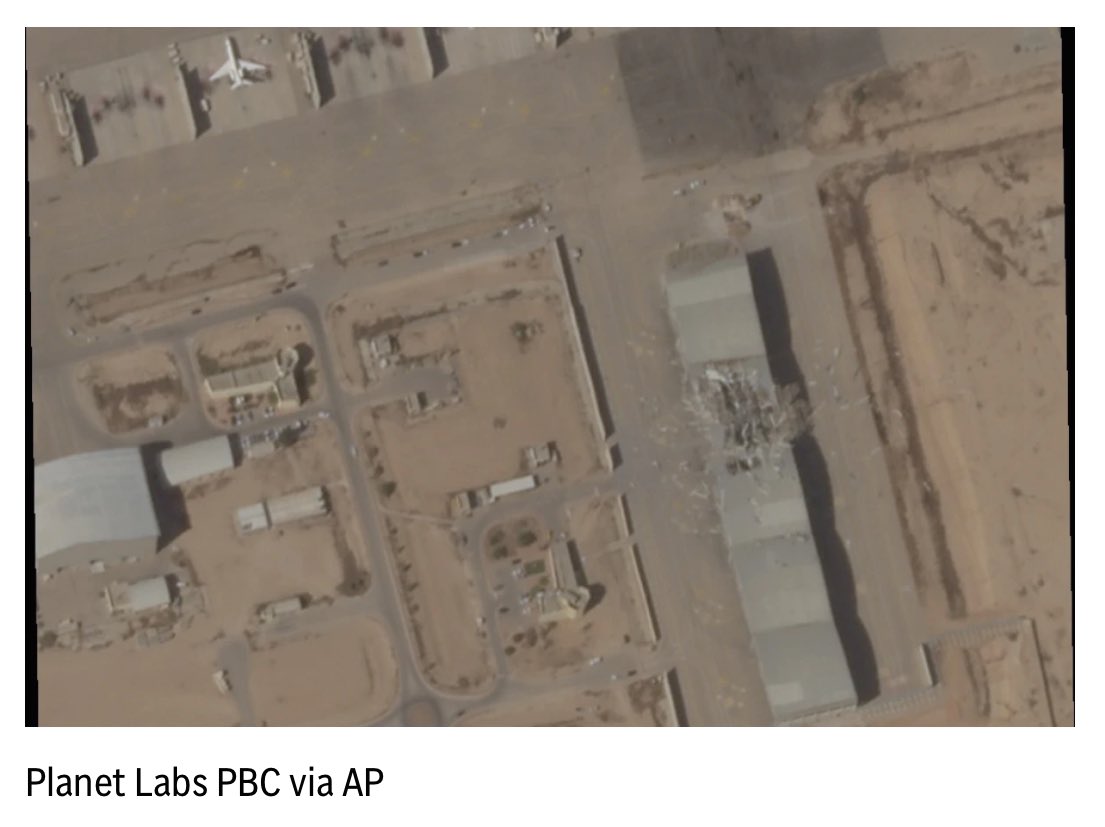
Nevatim air base is home to Israel’s advanced U.S.-produced F-35 stealth fighter jets. It is unclear whether any aircraft were inside the hangar during the attack. However it's unclear what was exactly targeted, satellite images shared by the AP show the Iranian missiles targeting hangars of the Israeli 122nd Squadron aka Nachshon, responsible for AEW&C and SIGINT missions at Nevatim Base.
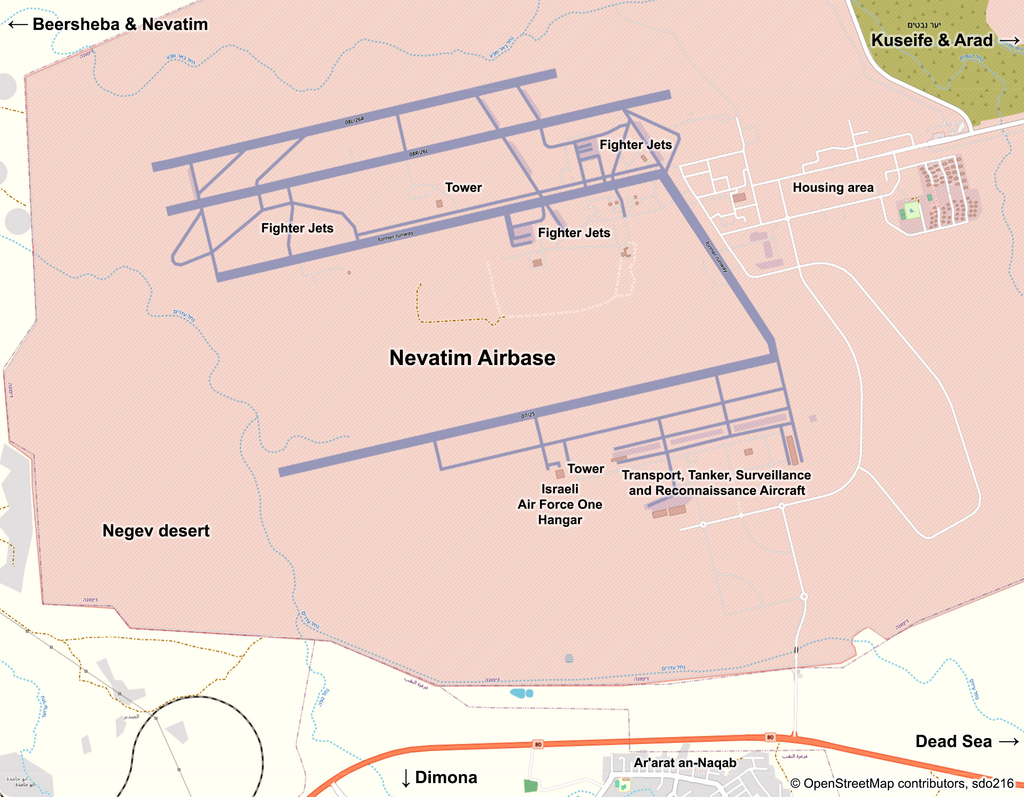
By looking at the satellite images at least three locations in the base seem to hit, one of which hit open ground, another fell right next to the hangars, and the third hit right above the hangars. However, it is believed that all aircraft from the 122nd Squadron were on active duty at the time of the Iranian missile attack.
By checking at the map of the Nevatim Air Base, the missiles mostly targeted the area where transport, tanker and surveillance and reconnissance aircraft hangars were present.
This marks the second direct Iranian missile assault on Israel since the Gulf War, with over 300 projectiles, including drones and ballistic missiles, launched as part of Tehran's retaliation to Hezbollah leader Hassan Nasrallah's being targeted by Israel in Beirut, Lebanon.
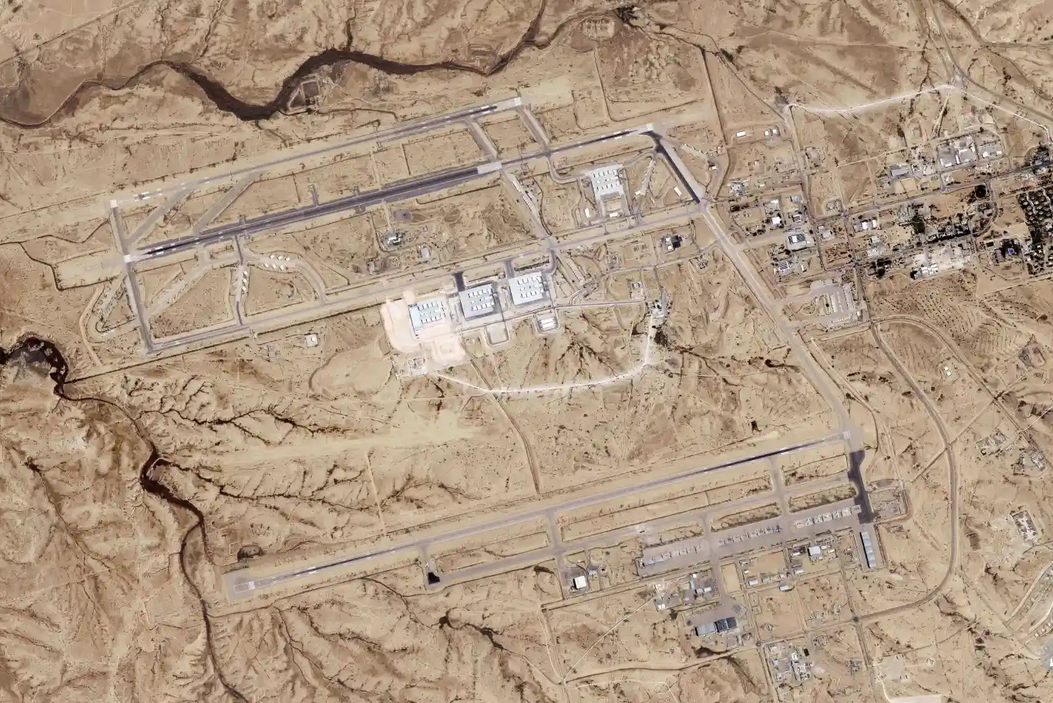
Israeli air defenses, backed by Israel's allies deployed in the region, such as the United Kingdom and the United States, intercepted some of the missiles in both Iranian attacks that targeted Israel.
According to new reports, the Nevatim airbase was struck by missiles 32 times. They landed multiple hits in the area of F-35I hangers, with one possible direct hit, 'but not a lot of damage' according to the analysts.
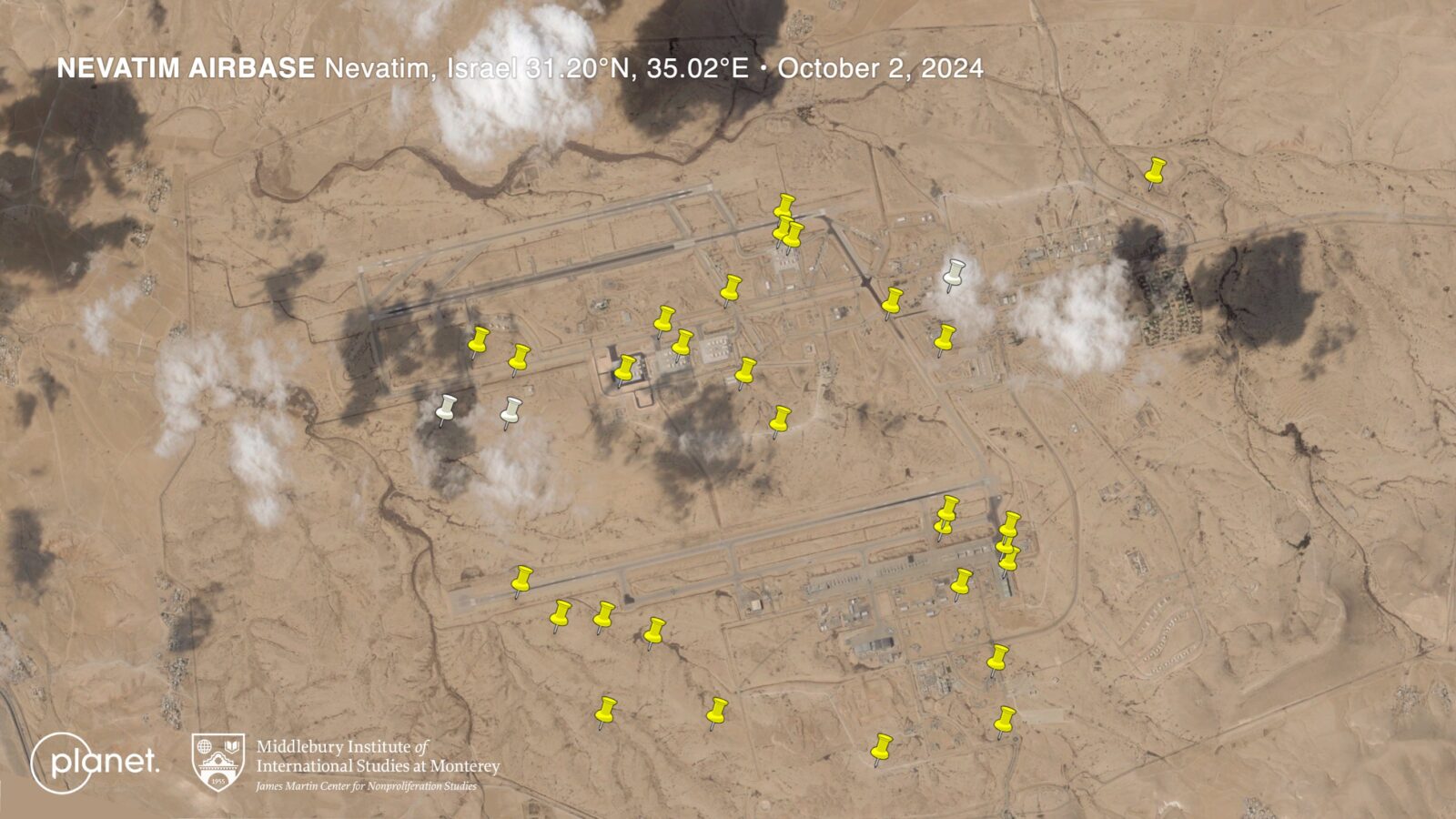
Nevatim air base, located in southern Israel, houses the country’s most advanced aircraft, including U.S.-produced F-35 Lightning II stealth fighter jets.
It remains unclear whether any aircraft were in the hangar at the time of the attack. The attack, part of a broader offensive from Iran, comes amid escalating tensions related to Israel's war on Gaza.
The following squadrons and units are based at Nevatim:
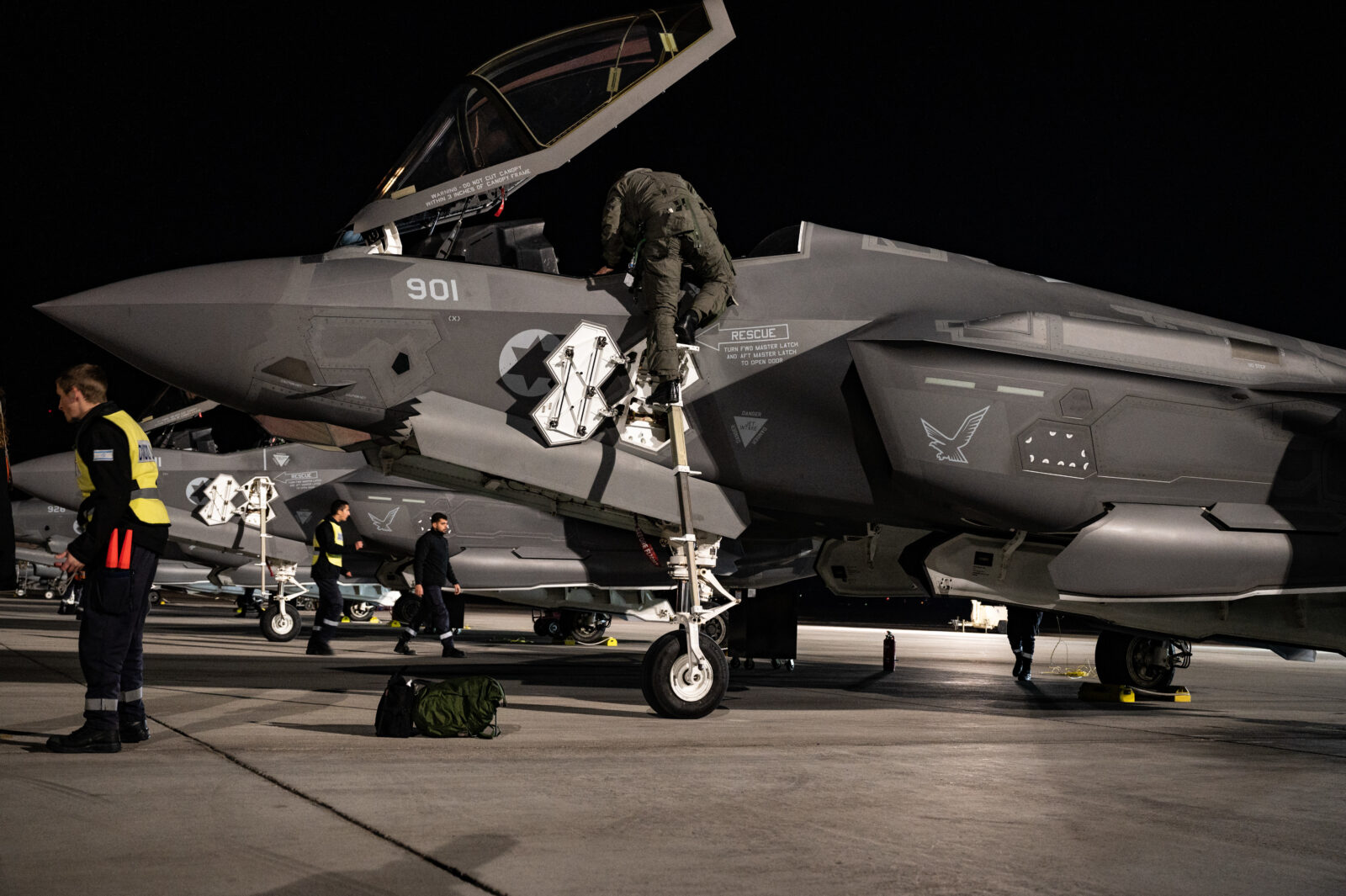
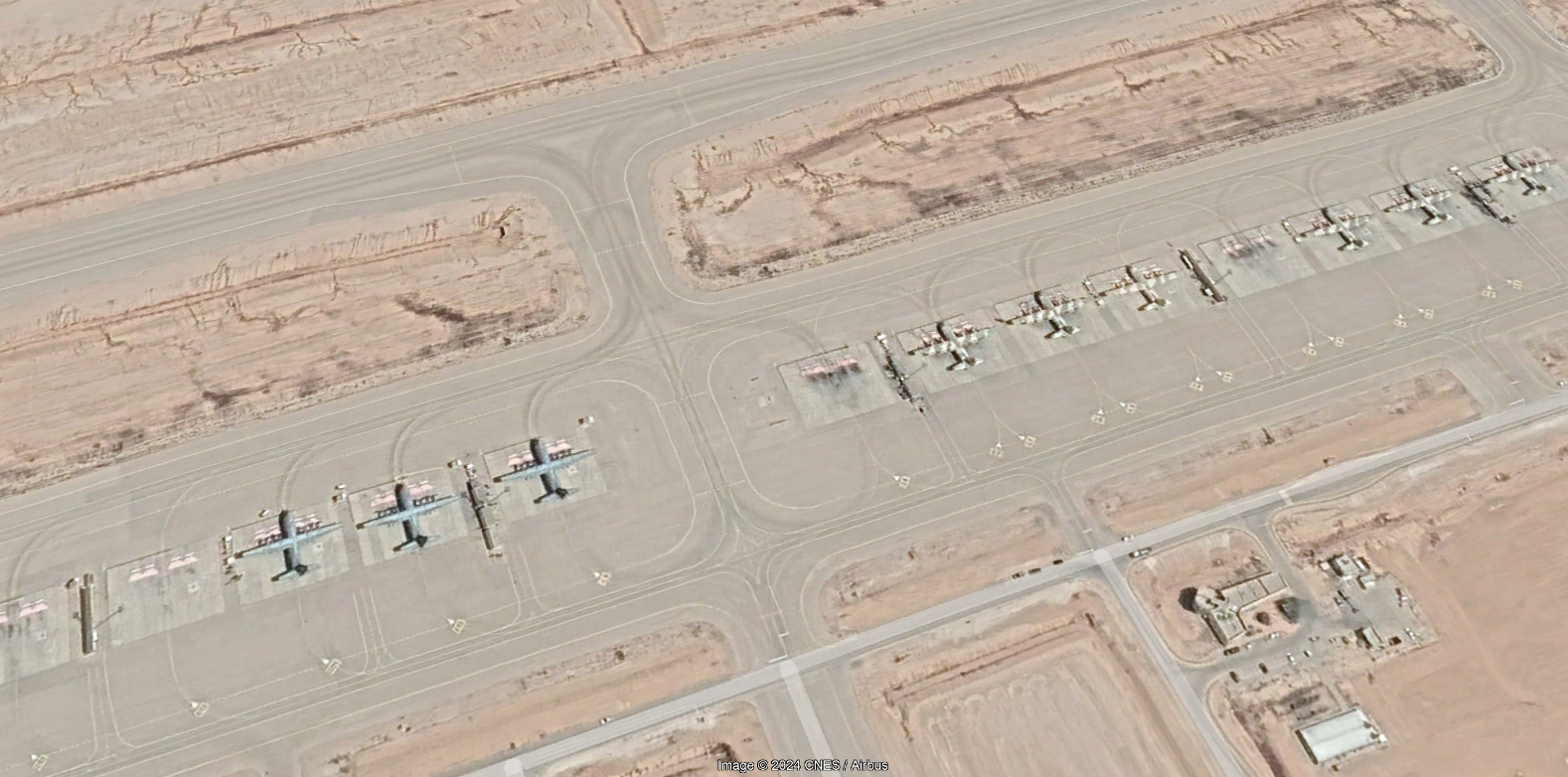
The first attack on April 2024 damaged a taxiway, but overall damage to Nevatim air base was considered minor, according to analysts and Israel's statements.
Iran launched over 300 projectiles during the April assault, though satellite images analyzed by The Associated Press show limited visible destruction.
Nevatim air base, one of the most strategic Israeli military installations, has undergone significant development since its establishment in 1983. Initially earmarked as a potential airport site for Be’er Sheva in 1958, it later became one of Israel’s largest air bases, following the evacuation of Israeli Air Force bases in the Sinai Peninsula under the Camp David Accords.
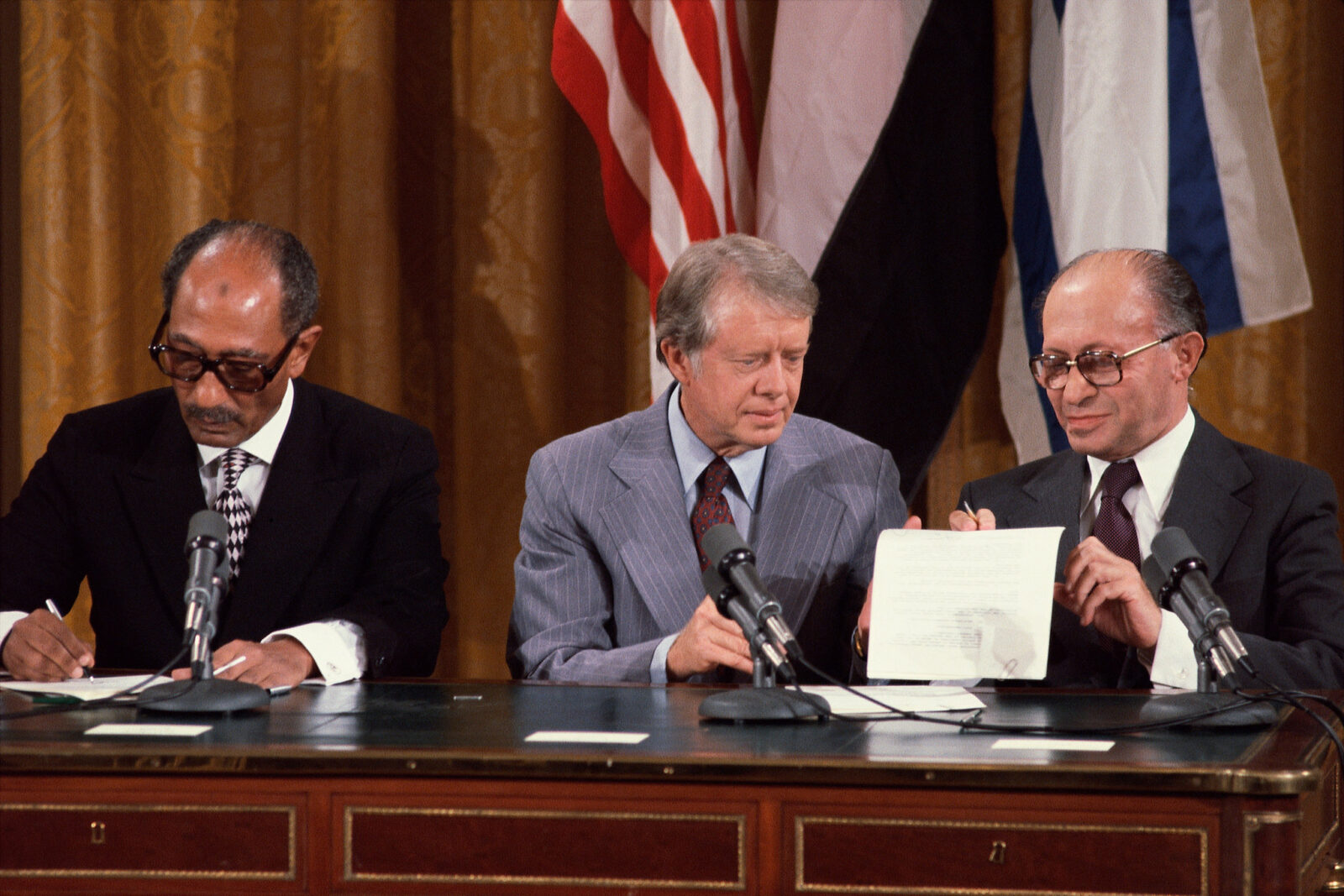
The base’s construction was completed by Israeli contractors, contrasting the U.S.-built Ramon and Ovda airbases. The idea of combining military and civilian aviation use was initially proposed but ultimately abandoned.
The land needed for the base was expropriated from Bedouins of the Abu Rabi’a tribe, with compensation negotiations beginning in 1979. In July 1980, the Israeli parliament, the Knesset, passed the "Negev Land Acquisition Law," allowing the base's construction to proceed.
In October 1983, Nevatim was officially inaugurated, with Squadron 116, operating A-4 Skyhawk ("Ayit") aircraft, transferring from Tel Nof air base, followed by Squadron 115.
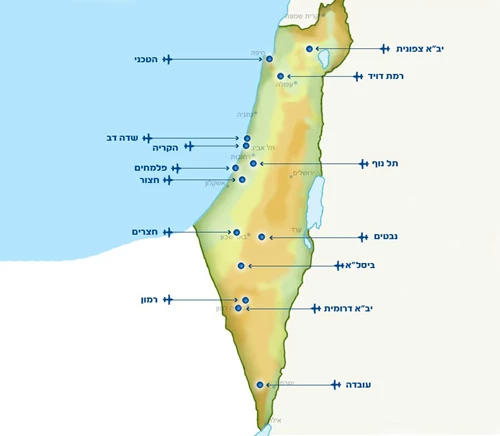
In 1995, discussions to close the base emerged after Squadron 115 was disbanded. However, base commander Col. Amos Yadlin advocated for its expansion. As a result, Lod air base (IAF Base 27) and its squadrons were transferred to Nevatim, significantly increasing its operational importance.
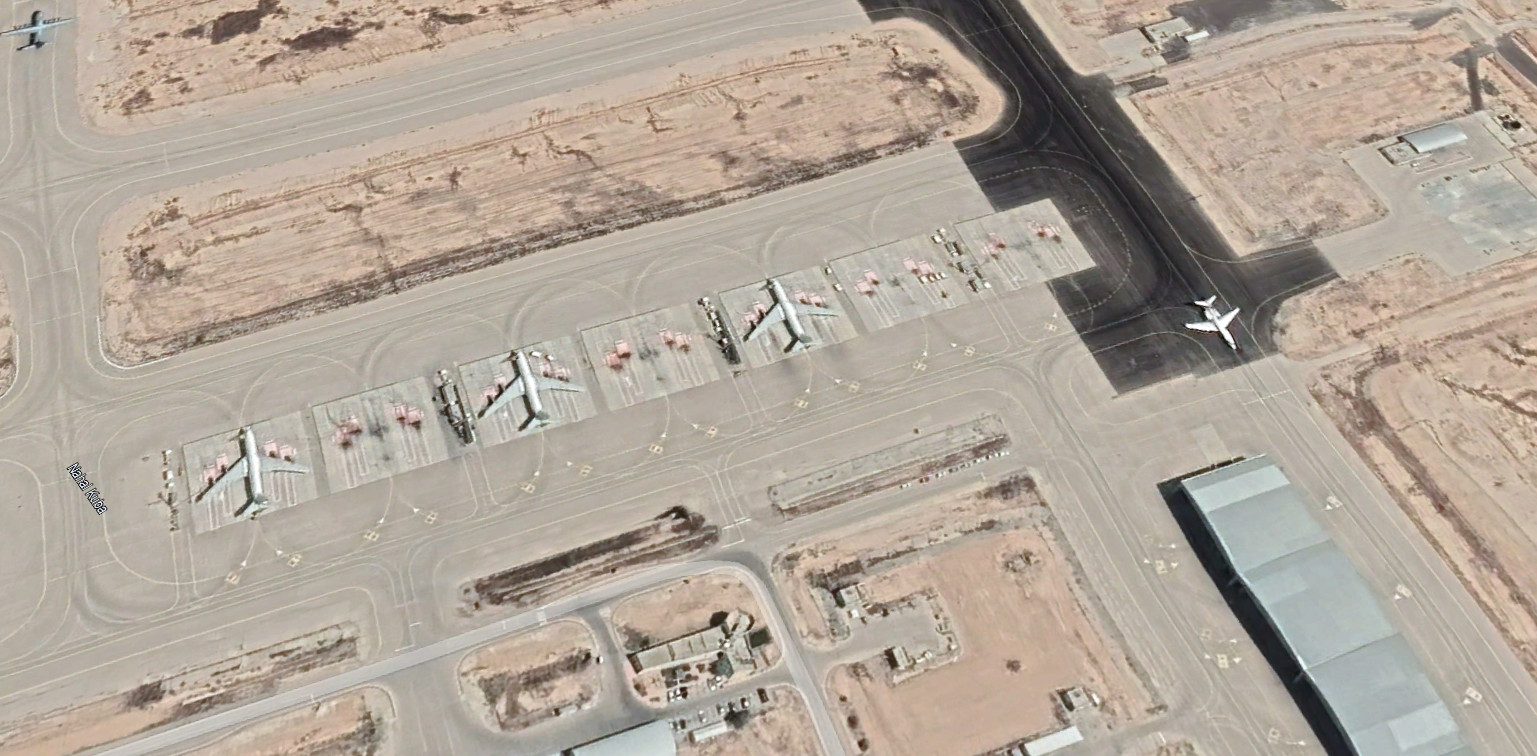
In 2002, Squadron 116 was closed, with its aircraft transferred to Squadron 253 at Ramon Airbase. That same year, Nevatim also received UH-60 Black Hawk helicopters as part of Squadron 123. By 2008, in line with the IDF’s strategy to relocate military bases to the Negev, Nevatim absorbed Lod Airbase’s transport squadrons, including C-130 Hercules "Karnaf" and Boeing 707 "Re’em" aircraft.
On Aug. 27, 2008, Nevatim officially became IAF Base 28 during a ceremony attended by senior Israeli officials, including President Shimon Peres and Defense Minister Ehud Barak.
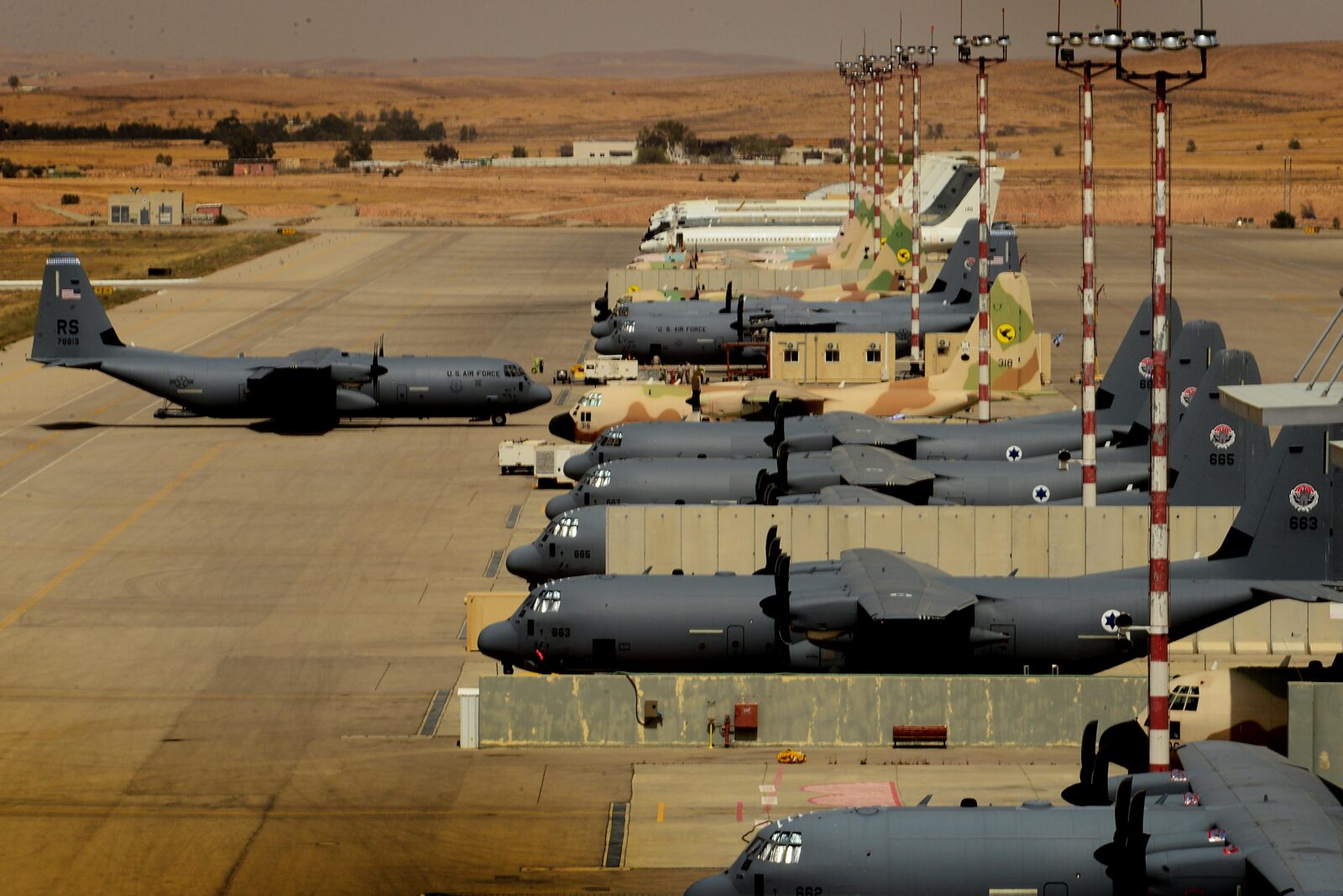
In February 2021, a Palestinian from the Hebron illegally entered the base, sparking security concerns due to previous break-ins. The person was captured two weeks later, following an extensive search.
Plans to convert Nevatim into an international airport were first proposed by Minister of Economics and Planning Gad Yaakobi in 1986. By 2012, at that time Transport Minister Israel Katz (now the foreign minister) endorsed the plan, supported by Be’er Sheva’s local authorities.
However, the proposal faced opposition from military officials concerned about its impact on base operations.
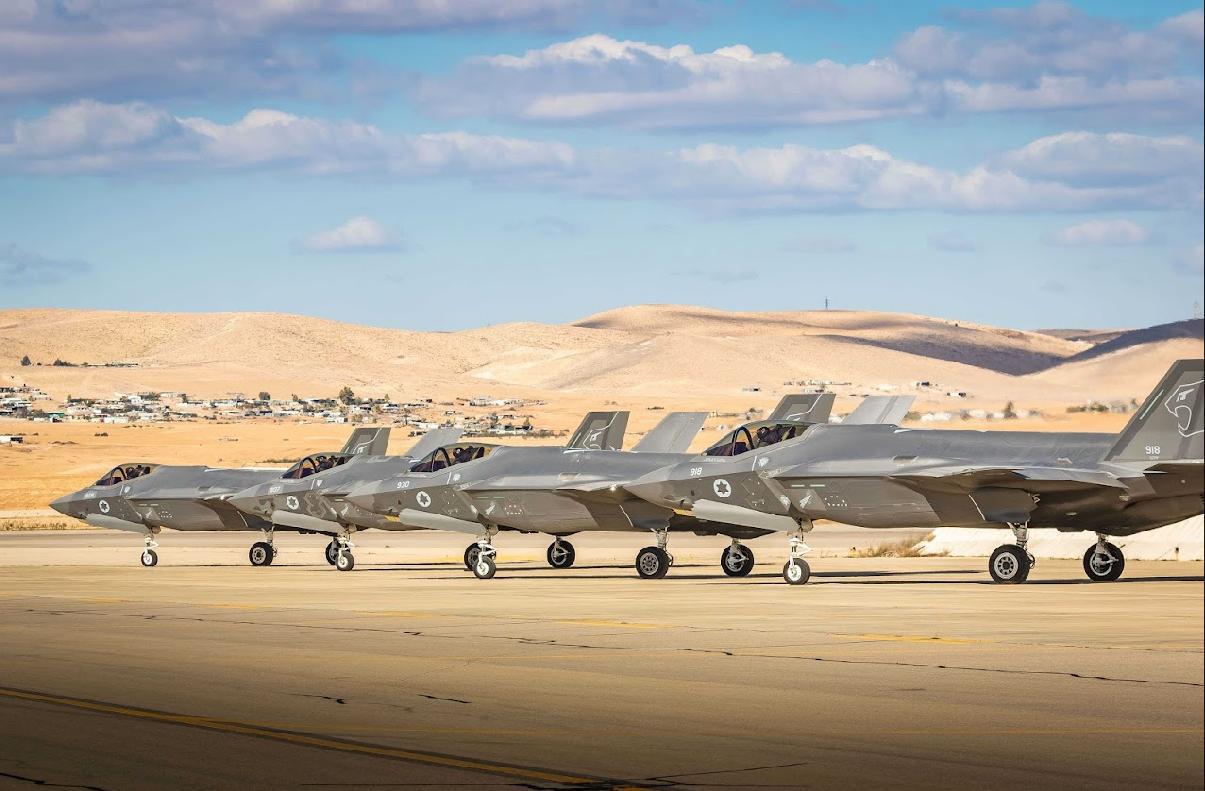
Nevatim has been led by various high-ranking commanders, including Ron Huldai, who later became mayor of Tel Aviv, and Amos Yadlin, former head of Israeli military intelligence.
Brig. Gen. Yotam Sigler currently commands the base, taking over in July 2023.
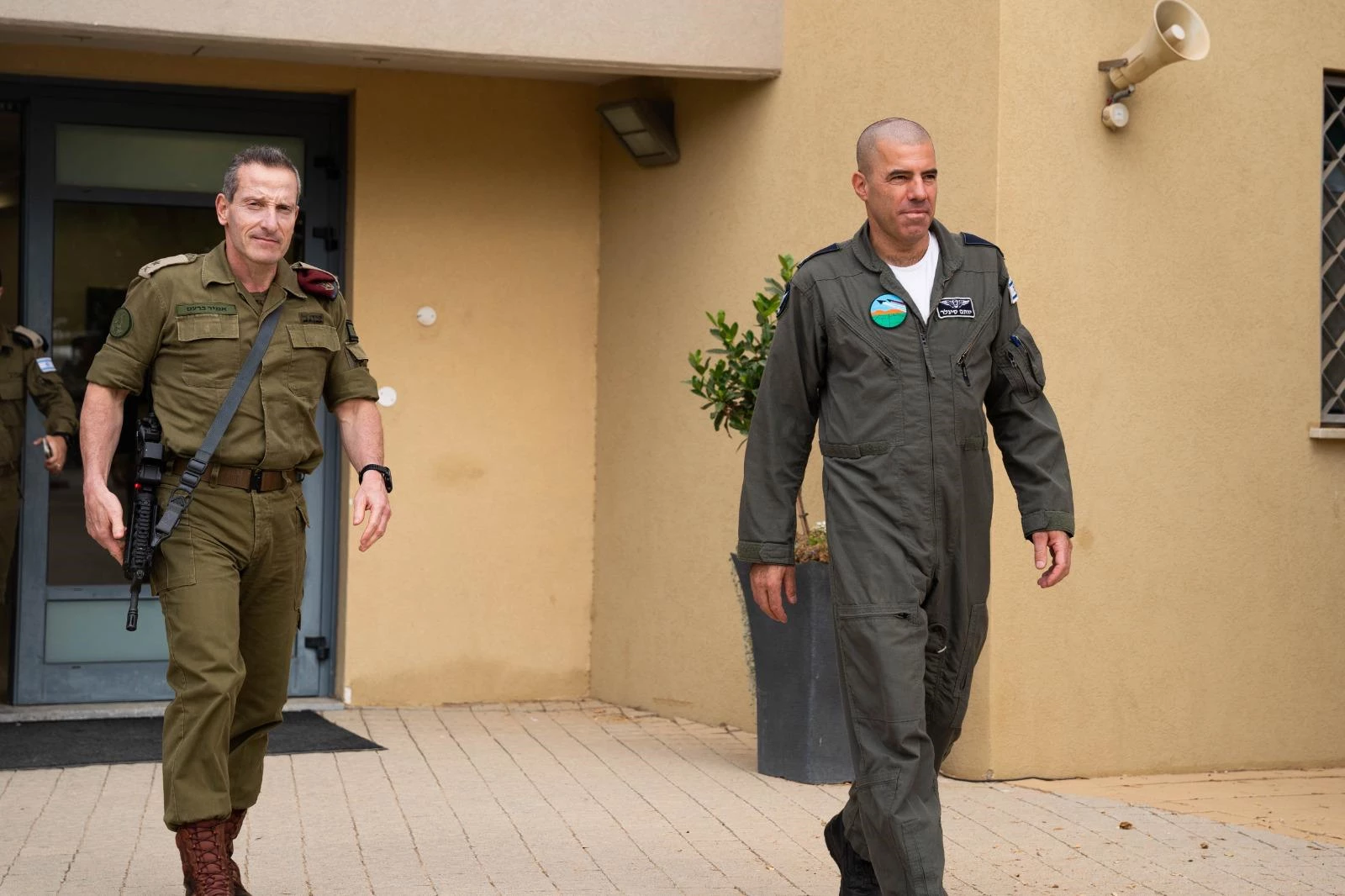
The family housing area within the base, officially named Camp Adi Medina, accommodates families of military personnel stationed at Nevatim.
Footage released by the Israeli military aftermath the April retalation attack by the Iran showed ongoing construction efforts to repair the damaged taxiway.
Other images released by Israel highlighted a crater and structural damage caused by the attack. Despite the limited damage, the strike underscores the range and reach of Iran's missile capabilities. The latest attack marks the second direct missile assault on Israel by a foreign nation since the 1991 Gulf War when Iraq launched Scud missiles at the country.
The April 13 strike and the recent Iranian strikes underscored the ongoing risks of regional escalation, as both Iran and Israel continue their shadow conflict.
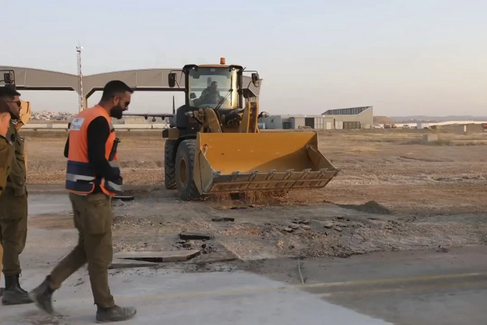
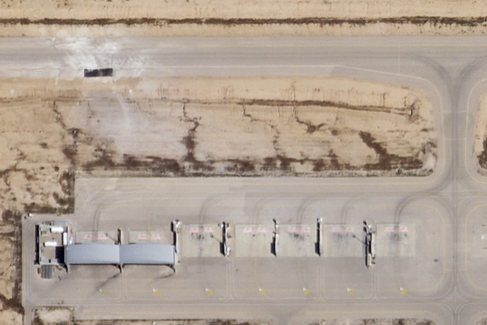
The April missile attack followed an Israeli airstrike earlier in April on an Iranian consulate in Damascus, which killed seven members of Iran’s Islamic Revolutionary Guard Corps (IRGC). The last missile attack by Iran was reportedly a retalation strike for killing Hezbollah leader Hassan Nasrallah.
Overall Israel is a relatively small country, every air base within its borders is of vital importance to Israel, and these air bases are known to have a layered air defense system, and yet Iran has twice been able to penetrate these air defense systems with saturation strikes.
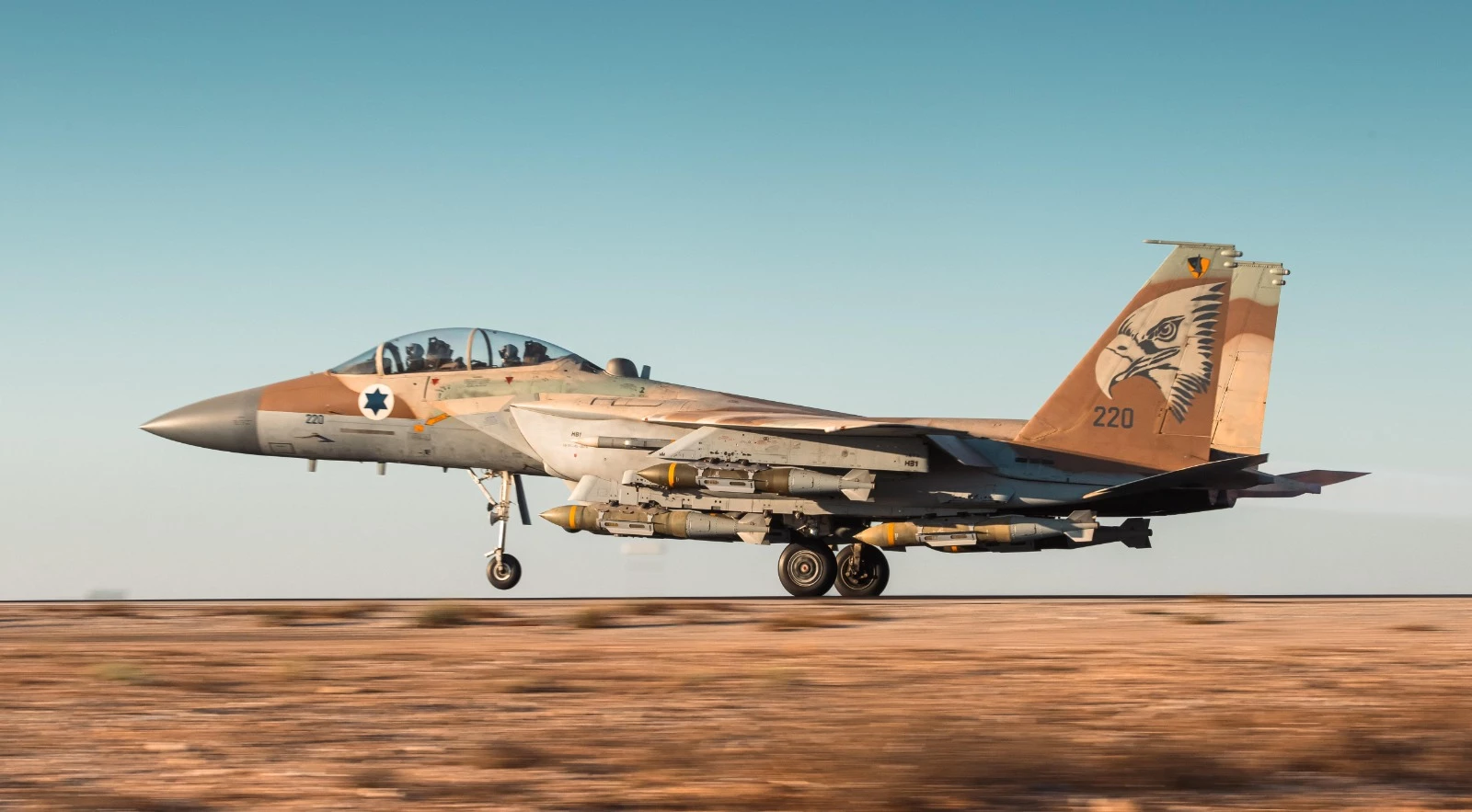
The IAF operates a network of military airfields, known as air force bases (BAF), that house flight squadrons and support units responsible for flight operations, management, and command. These bases play a key role in Israel’s defense capabilities and military aviation.
There are two main types of IAF bases:
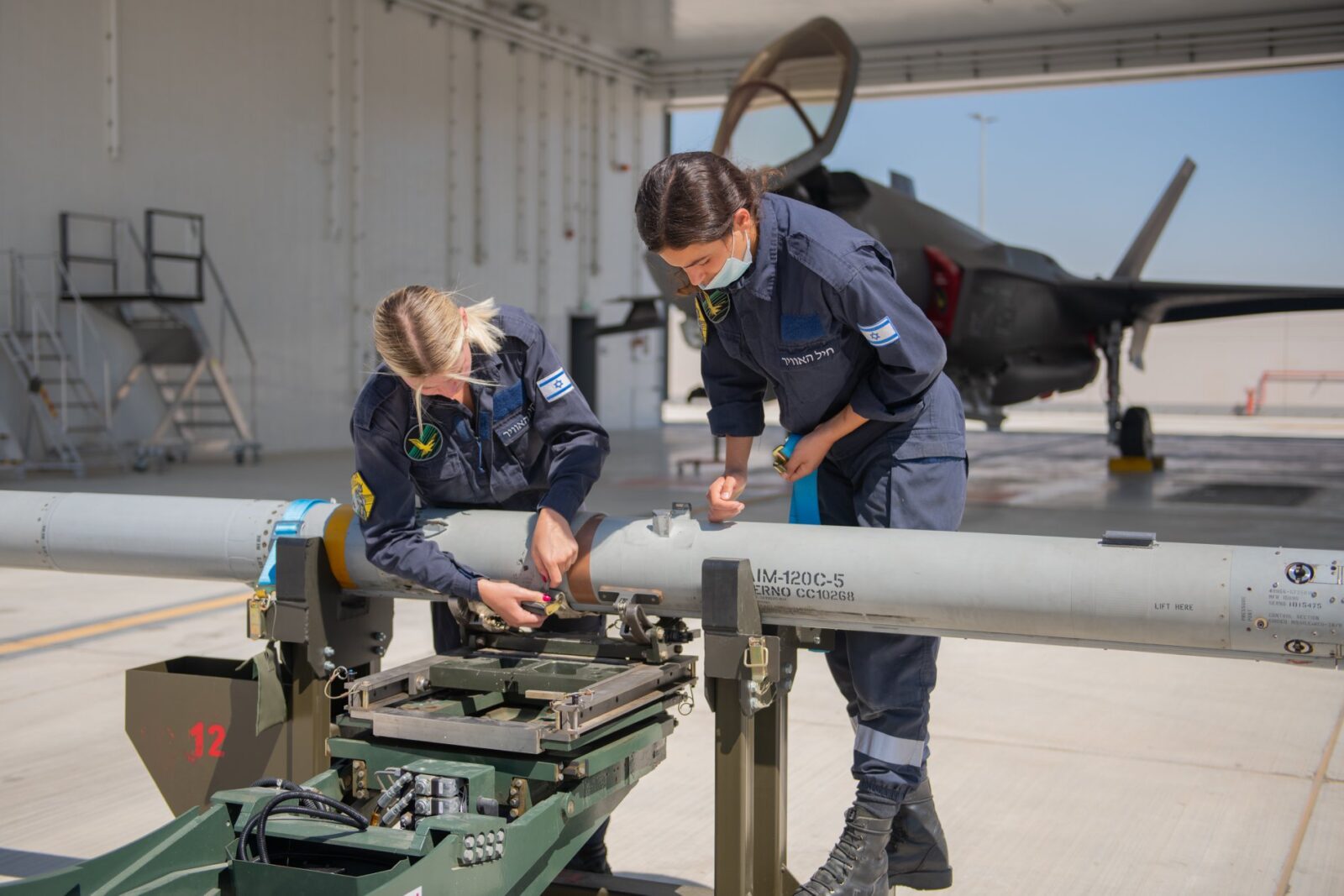
An IAF airbase includes four main types of squadrons:
Each squadron is led by a commanding officer, often a lieutenant colonel, and further divided into smaller sections managed by captains or majors.
Support squadrons play a vital role in maintaining base operations, divided into various specialized units such as engine maintenance, avionics, ground services and logistics. These squadrons work in close coordination to ensure that all aircraft are ready for missions and that the base functions efficiently.
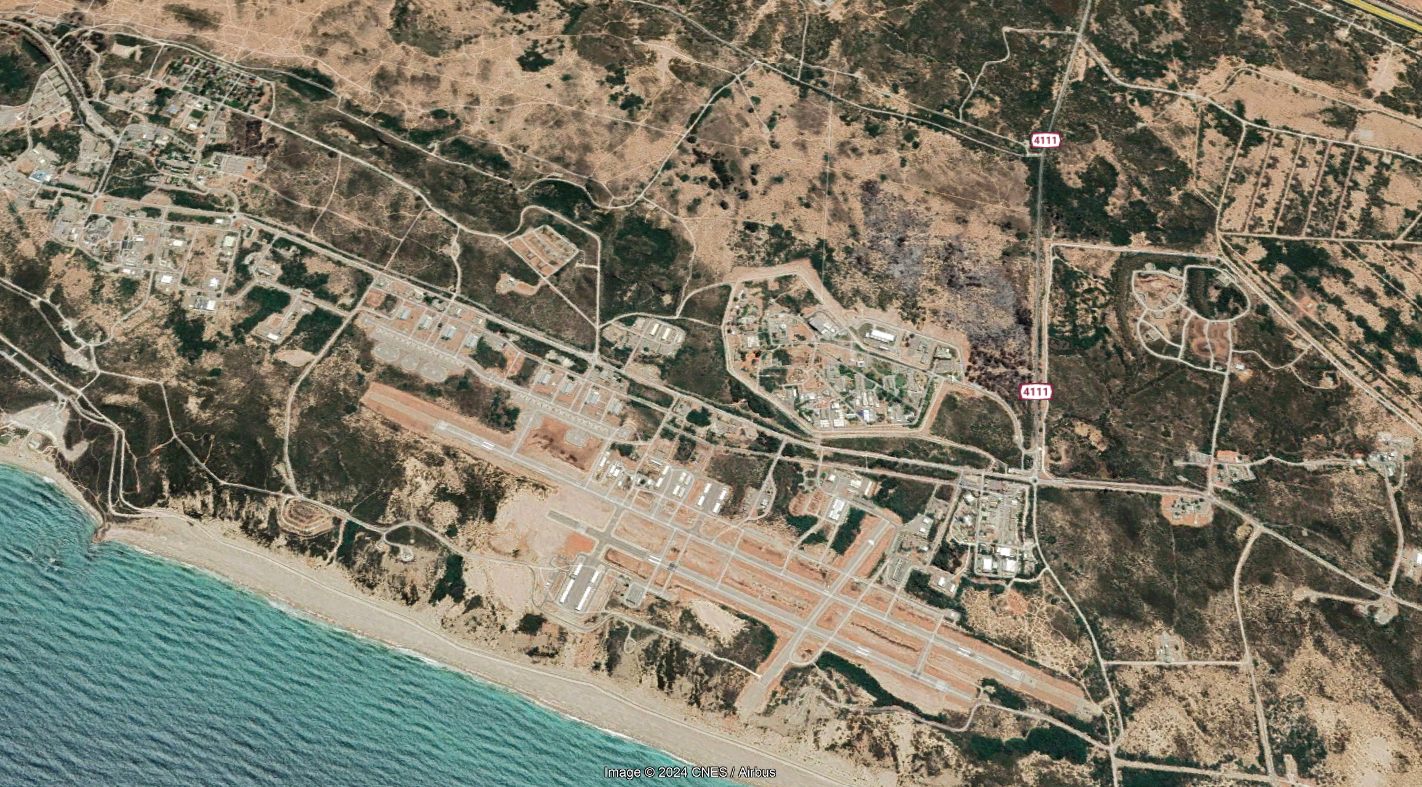
The primary operational IAF bases are:

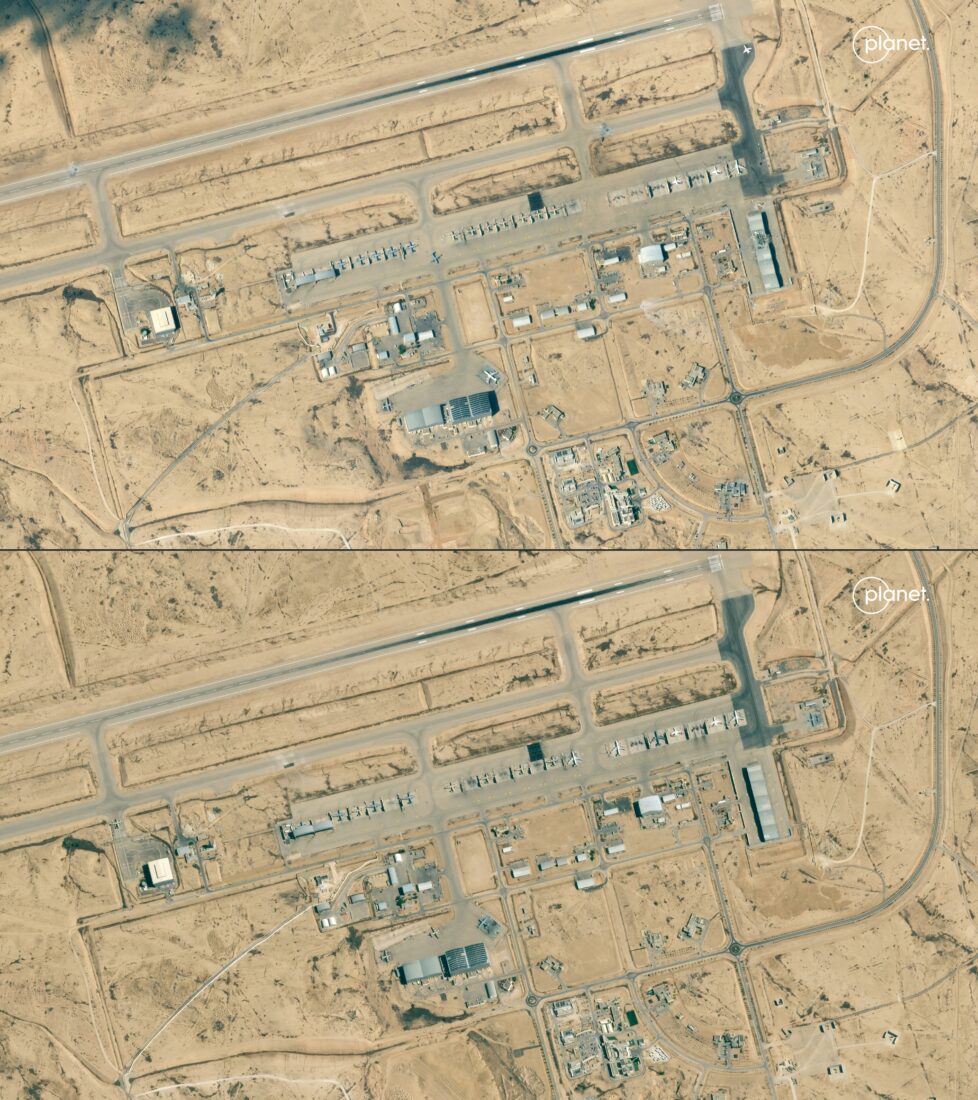
In January 2010, Lod air base (BAF 27) was officially closed, and most of its units were relocated to Nevatim (BAF 28), further solidifying Nevatim's role as a strategic airbase for Israel.